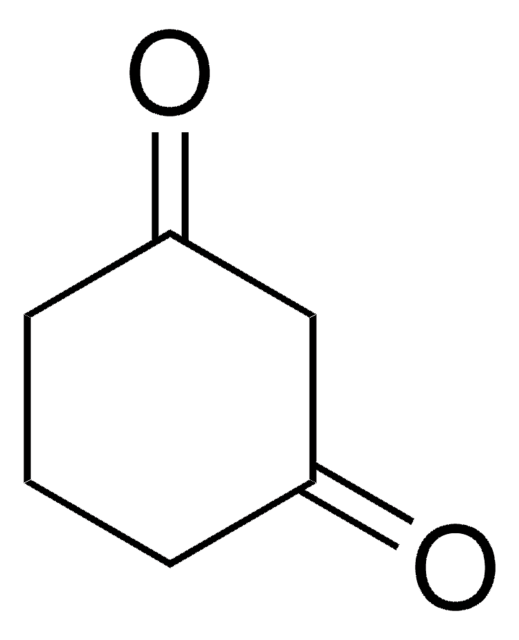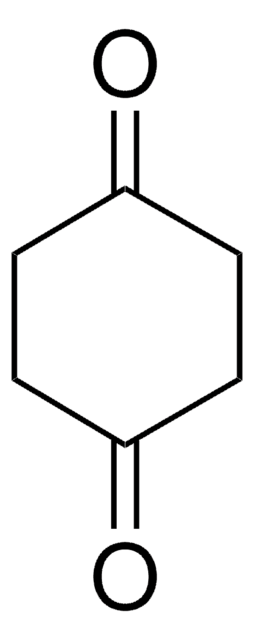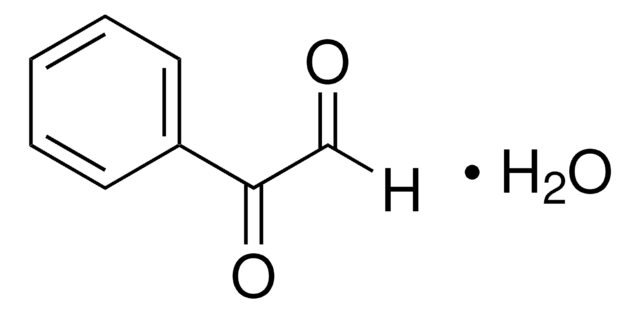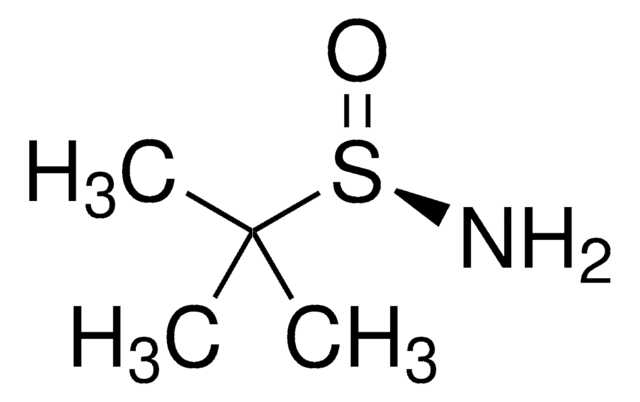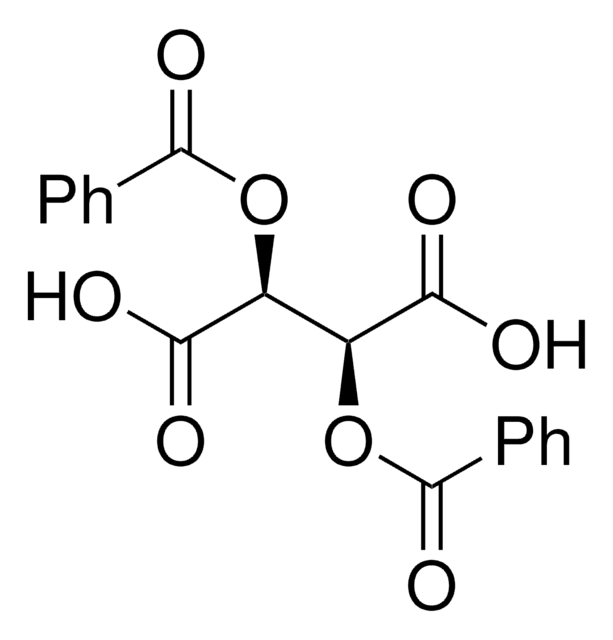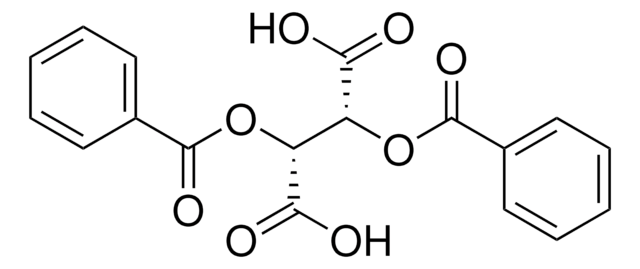推荐产品
质量水平
方案
97%
表单
solid
沸点
193-195 °C (lit.)
mp
34-38 °C (lit.)
储存温度
2-8°C
SMILES字符串
O=C1CCCCC1=O
InChI
1S/C6H8O2/c7-5-3-1-2-4-6(5)8/h1-4H2
InChI key
OILAIQUEIWYQPH-UHFFFAOYSA-N
基因信息
human ... ACHE(43) , BCHE(590) , CES1(1066)
正在寻找类似产品? 访问 产品对比指南
应用
精氨酸残基的特异性试剂。
储存分类代码
11 - Combustible Solids
WGK
WGK 3
闪点(°F)
No data available
闪点(°C)
No data available
个人防护装备
Eyeshields, Gloves, type N95 (US)
S Adak et al.
The Biochemical journal, 314 ( Pt 3), 985-991 (1996-03-15)
The plausible role of arginine and tyrosine residues at the active side of horseradish peroxidase (HRP) in aromatic donor (guaiacol) oxidation was probed by chemical modification followed by characterization of the modified enzyme. The arginine-specific reagents phenylglyoxal (PGO), 2,3-butanedione and
D Scott Wilbur et al.
Bioconjugate chemistry, 13(3), 611-620 (2002-05-16)
Recombinant streptavidin (rSAv) is of interest as a carrier of alpha-emitting radionuclides in pretargeting protocols for cancer therapy. Due to the inherently high kidney localization of rSAv, modification of this protein is required before it can be useful in pretargeting.
Andres De la Rossa et al.
Nature neuroscience, 16(2), 193-200 (2013-01-08)
The molecular mechanisms that control how progenitors generate distinct subtypes of neurons, and how undifferentiated neurons acquire their specific identity during corticogenesis, are increasingly understood. However, whether postmitotic neurons can change their identity at late stages of differentiation remains unknown.
C Cervenanský et al.
European journal of biochemistry, 229(1), 270-275 (1995-04-01)
The West African green mamba, Dendroaspis angusticeps, has two toxins, fasciculins, that are non-competitive inhibitors of acetylcholinesterase. Arginine residues of fasciculin 2 were modified with 1,2-cyclohexanedione. Two of these residues, Arg24 and Arg37, reacted very slowly or not at all.
Alma Steinbach et al.
The FEBS journal, 279(7), 1209-1219 (2012-02-09)
The thiamine diphosphate (ThDP) dependent flavoenzyme cyclohexane-1,2-dione hydrolase (CDH) (EC 3.7.1.11) catalyses a key step of a novel anaerobic degradation pathway for alicyclic alcohols by converting cyclohexane-1,2-dione (CDO) to 6-oxohexanoate and further to adipate using NAD(+) as electron acceptor. To
我们的科学家团队拥有各种研究领域经验,包括生命科学、材料科学、化学合成、色谱、分析及许多其他领域.
联系技术服务部门